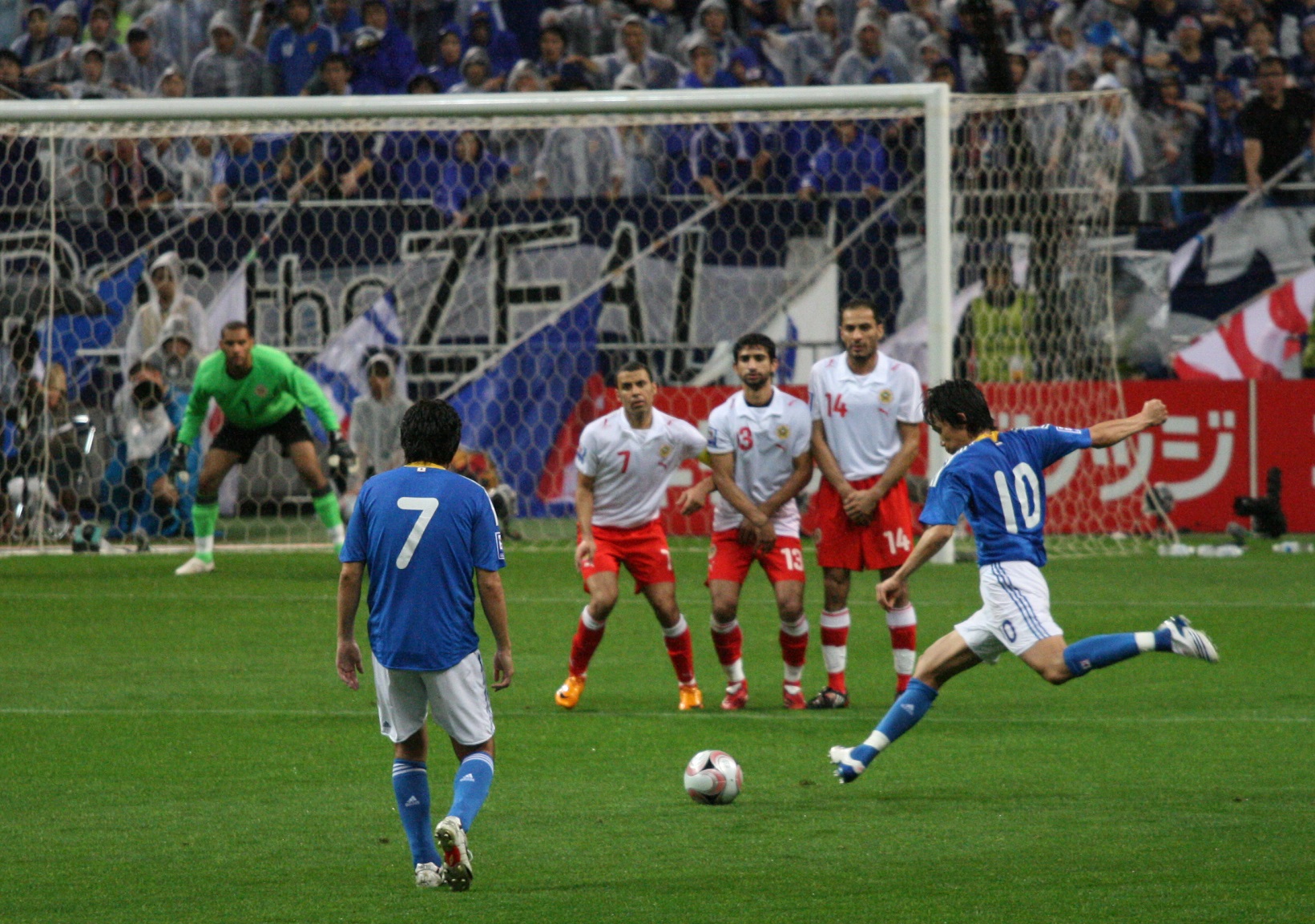Own Goals: Analysing the Consequences of Unintentional Mistakes
There are two main objectives in a game of football. One, score goals. Two, don’t concede goals. A combination of fulfilling these objectives should allow you to score more goals than your opponent and win the game. The best way to fulfil the first objective while failing the second one is to score an own goal.
The most basic description of an own goal is a goal scored by a player into their own goal. An own goal results in a goal for the opposing team. Own goals typically result from defensive errors. It is highly important to draw a distinction between an own goal and a deflection.
Deflections arise when a striker takes a shot whose trajectory was on target before being interrupted by a defensive player. A shot looking to hit the post, or one that hits the post and then a goalkeeper or defender, is not considered on target, and an own goal is awarded.
With some goals, the determination of whether it was an own goal or a deflection can be dubious. Increasingly, referees are categorising deflections as own goals, a trend illustrated by the absurd number of own goals in the Euros this year, which I wrote about last week. With other goals, it’s clear to see that the own goal results from an unfortunate defensive error— a backpass or header gone wrong.
With the ambiguity surrounding what determines an own goal, turning to the rulebook seems like a good idea. The Laws of the Game, which are the codified rules governing football, are oddly vague on the subject. The Laws do not necessitate the attribution of goals to any one player, though goals are traditionally attributed to the scorer.
The attribution of goals has become increasingly important over the years, with the increased importance of statistics in the game. Topscorer awards, fantasy league points, and betting pools all rely on the official data or the referee’s official ruling.
In the status quo, the Laws leave attribution of goals, and thus the determination of own goals, upto the referee’s discretion. However, they do rule that own goals cannot occur as a direct result of most methods of the game restarting.
This implies that the recent trend of increased own goals is not resultant of the definition of own goals changing but instead is a result of changes in the way that deflections are perceived by referees.
The Premier League allows for the attribution of goals to be contested and reviewed by the Goals Accreditation Panel. This signifies a move towards remedying the uncertain way that the line is drawn between own goals and deflections.
Factors like the increased commercial value of the game’s statistics, coupled with the increased use of technology like VAR in the game, mean that the correct and fair attribution of goals is of the utmost importance.
As it stands, in my opinion, the definition of an own goal is not codified properly. There are too many shades of grey, allowing for conflicting decisions about the same goal. Codifying the rules determining exactly what entails an own goal will bring consistency to the game and reduce the reliance on a referee’s subjectivity.
Even a set of metrics by which the referees must make their decision can be a solution to the lack of formal guidelines governing the perception of own goals vs. deflections.
The IFAB, which writes the Laws of the Game, must aim to strike a balance so as to bring about congruence in decisions about the attribution of own goals without compromising the spirit of the game.



